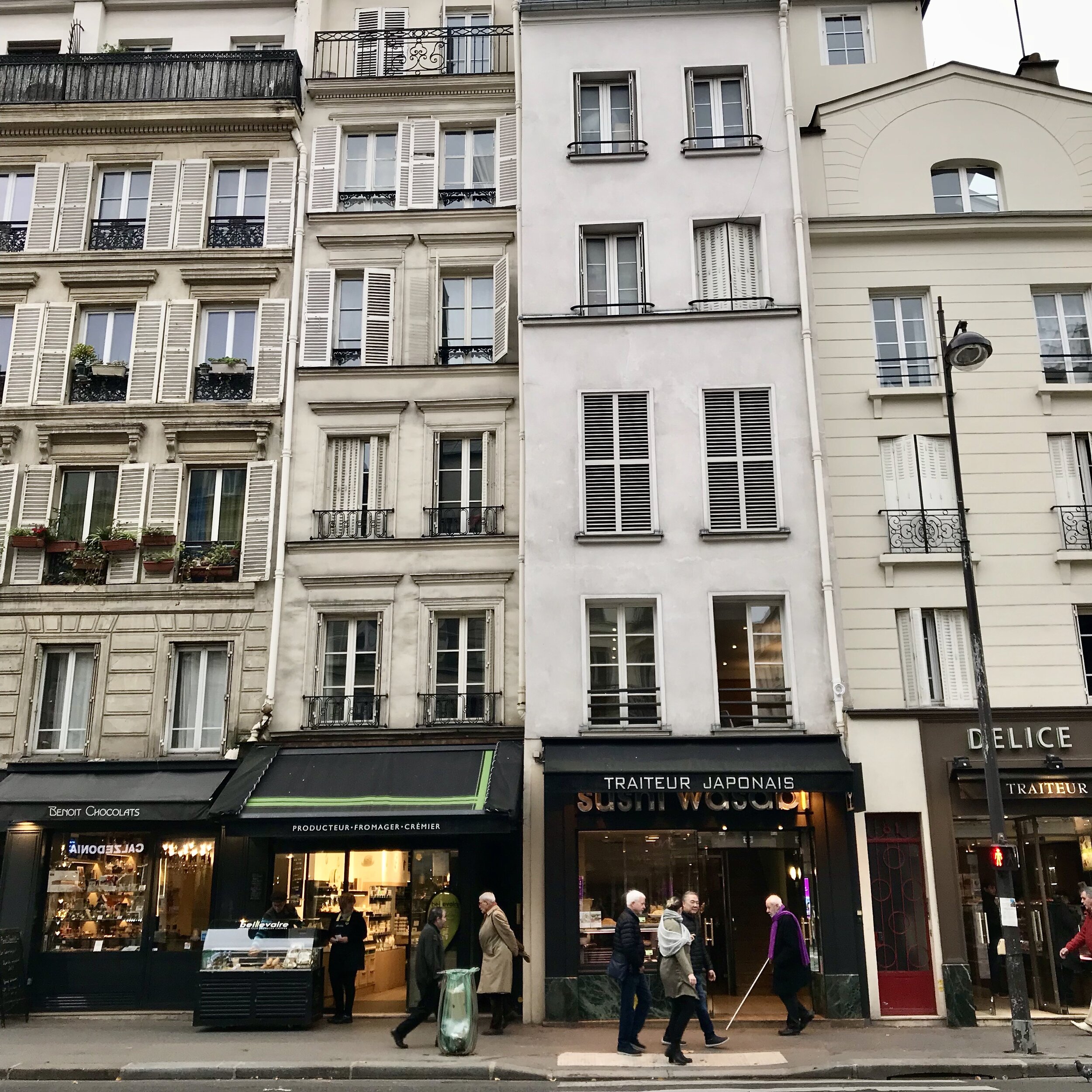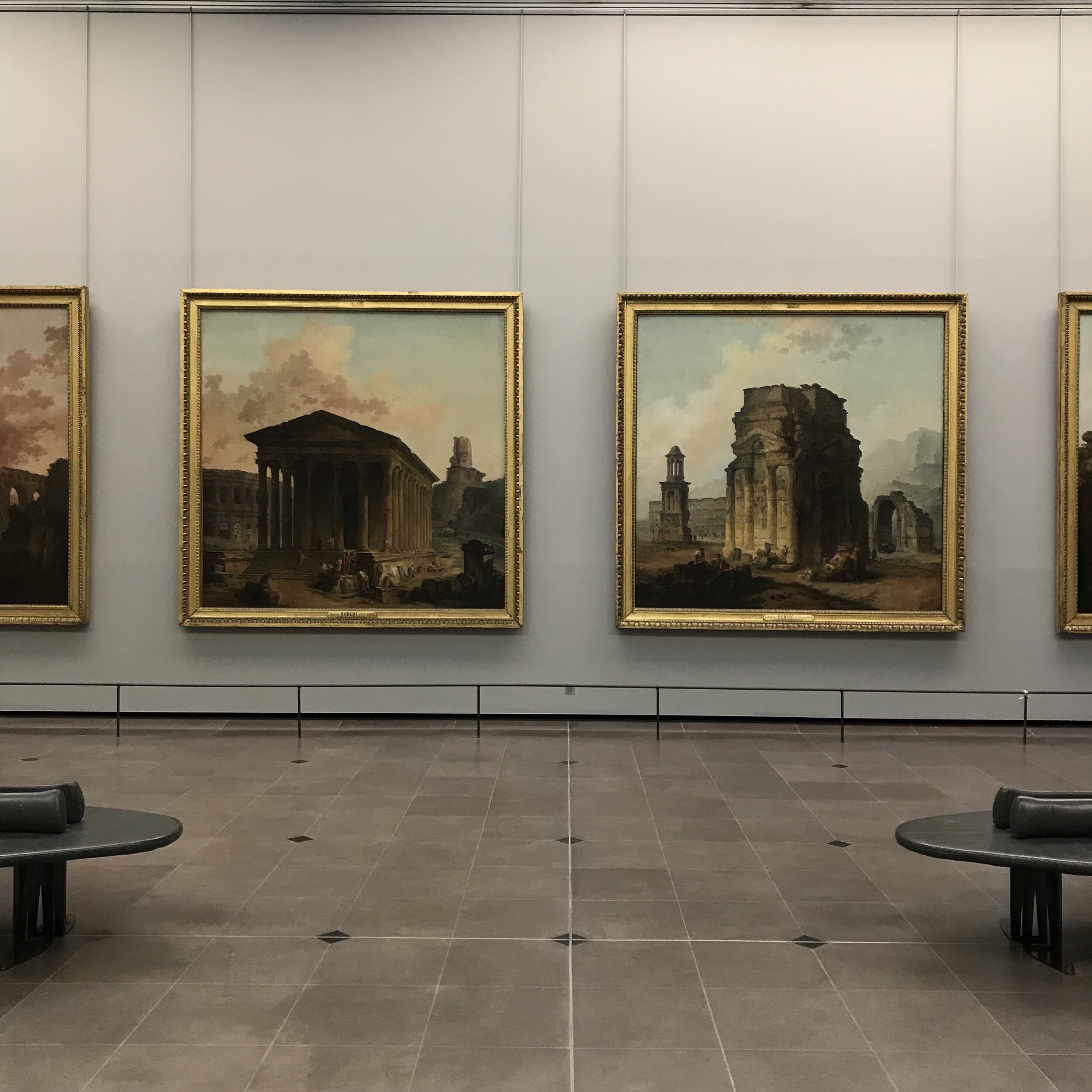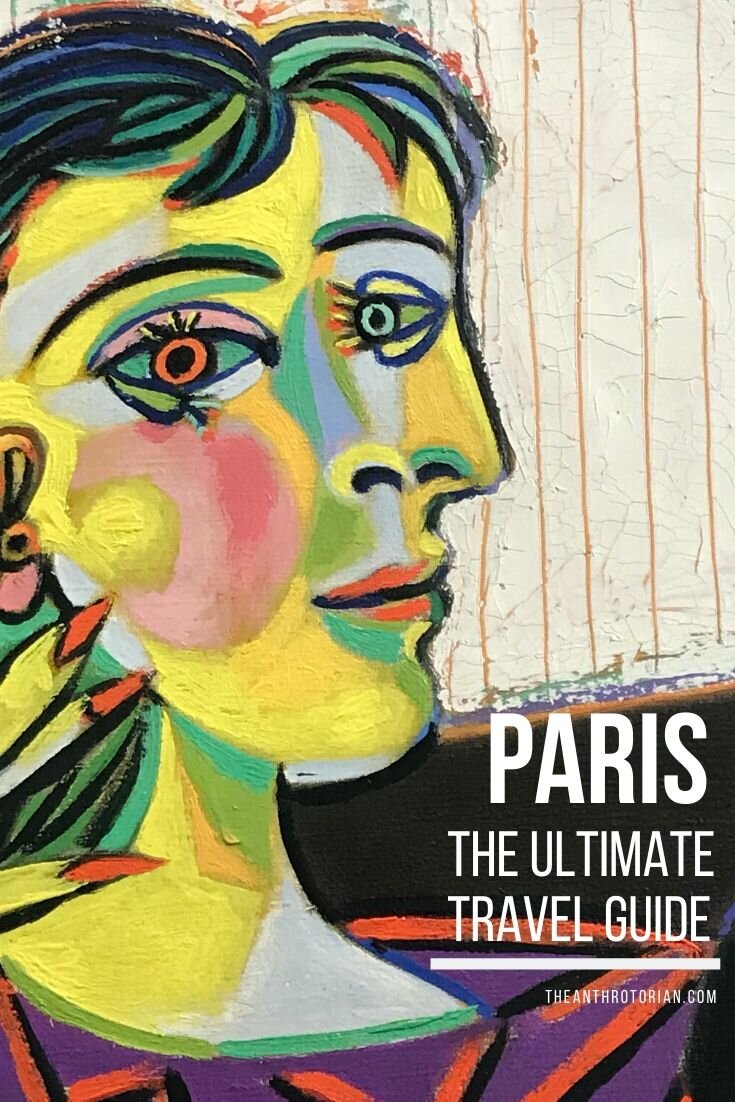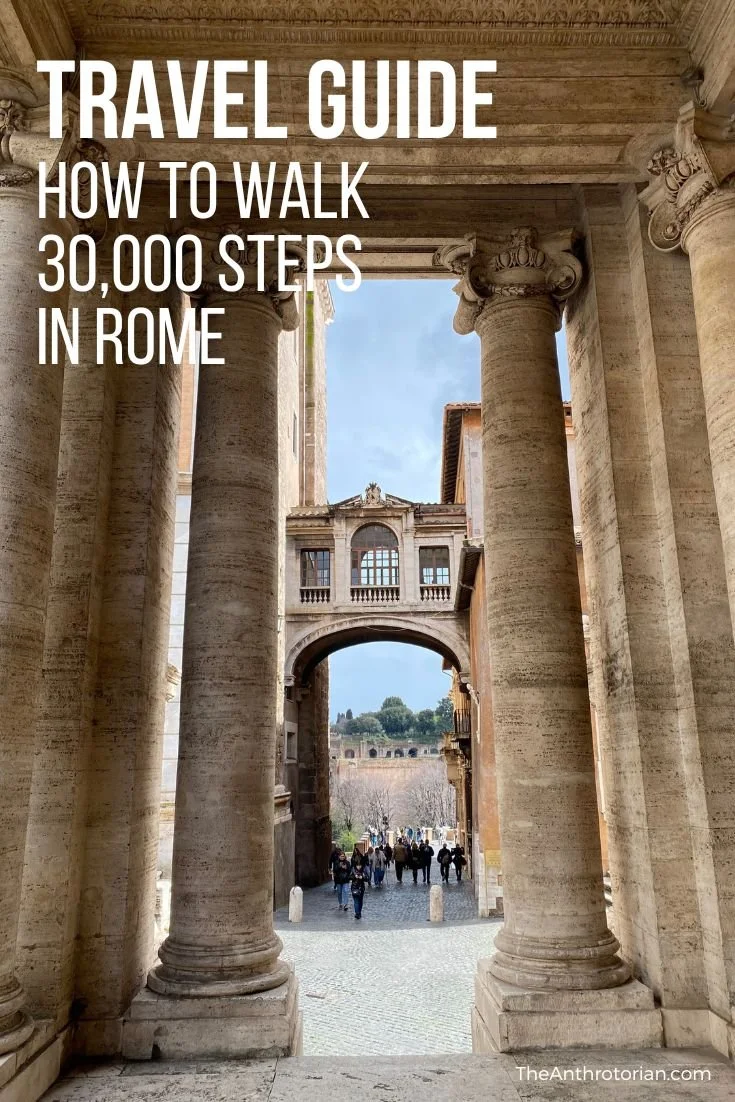Paris Travel Guide
The Louvre, the Eiffel Tower, Notre Dame, the Arc de Triomphe, Moulin Rouge,
Champs-Elysees — there are so many incredible things to see and do in Paris,
the city of love (or light depending on who you ask) in France.
Orientation of Paris
The city is divided into 20 arrondissements (or districts) that are walkable and fairly easy to navigate. If you are looking at a map or address, the arrondissement will be abbreviated as 1e, 2e, 3e, etc.
The central arrondissements on either side of the Seine (the river that runs through the city) are where you will find most of the attractions.
How to travel to Paris
There are three airports near the city. The largest is Charles de Gaulle, and the smaller two are Orly and Beauvais. There are airlines flying into Paris from all over the world — you should have no problem finding a flight.
Once you arrive, you have a wealth of options to get you into the city center. There are city buses, shuttle buses, the RER (train), and taxis available at all three airports.
There are also private shuttle services that will get you right into the city center from the Charles de Gaulle airport, or take you straight to Disneyland Paris. You can pre-book online and even arrange extras like car seats for the little ones if you need them.
If you are interested in renting your own car to use while you are traveling (if you are planning on staying in central Paris, you really won’t need one), make sure you know the rules of the road and have the correct driver’s permit.
How to travel around Paris
Bring your walking shoes, because the best way to get around the city is using your feet. There is so much to see, and many of the sights are relatively close together. In lieu of walking, you can always grab a city bus, the metro, or the RER (train).
You can also rent bikes from one of the many rental stations all over the city. The bikes are available 24/7 and their stations are located 300 metres from each other in the city center.
Must-See Art Galleries in Paris
Tourists crowded in front of the Mona Lisa at the Louvre
The Louvre
Whether you are a super fan of art and history, or just want to say you've seen the Mona Lisa, a visit to the Louvre is a must-do if you are in Paris. This fortress turned palace turned gallery is now a massive, sprawling, and overwhelming collection of some of the most important pieces of human history.
Here are three quick tips to make the most of your visit to the Louvre. Read more about the history of the Louvre and get seven more tips here.
Visit on the days that the museum is open late The museum is open from 9 am to 9:00 pm on Wednesdays and Fridays (it closes at 6 pm on the other days). If you can, plan to visit on one of the extended hour days. It will give you a chance to take in more, while still being able to leave the museum for fresh air and food breaks. Plus, once dinner time hits, there are far fewer people in the galleries. In fact, in my experience, the galleries are largely empty by 8 pm. At 8:50 pm, I found myself completely alone in the gallery that houses the Mona Lisa — it was incredible.
Get a map The first thing to do is pick up an info map (or you can check it out ahead of time here). The museum is huge, and you don't want to waste time wandering aimlessly.
Watch out for pickpockets Sadly, they target the Louvre, as tourists are so enthralled by what they are seeing they usually aren't paying attention to their bags.
What to see at The Louvre that isn’t the Mona Lisa
There is SO much to see at the Louvre in Paris, but after purchasing their entry ticket most visitors head straight to the Denon Wing and the Mona Lisa. (Read this post to find out why the Mona Lisa is such a big deal.)
Here are three areas of the Louvre that you should see, and click here for five more (plus more details).
Sculptures in the Marly and Puget Courtyards
These stunning courtyards are located in the Richelieu Wing on Levels -1 and 0. They are vast, covered in glass, and filled with outdoor statues dating from the 17th to 19th centuries.The Red Galleries
Overlooking the pyramid, these galleries on the first floor of the Denon Wing are behind the Mona Lisa room and are my absolute favorite because of the sheer size of the works located in them.Near-Eastern Antiquities
On level 0 of the Richelieu and Sully Wings, the Near-Eastern Antiquities are really impressive. The collection of mosaics and artifacts are huge in scale, and I would even go so far as to say that the collection is more impressive than the Egyptian collection.
Centre Pompidou
There are A LOT of museums in Paris, and it is impossible to see them all on your first, second, or even third visit to the city.
In fact, I didn't make it to the Centre Pompidou until my third time in Paris — and was that ever a mistake! Not only is the exterior of the building a must-see, the museum is home to over 100,000 works created in the 20th and 21st centuries, and an INCREDIBLE view.
Considered to be Europe’s leading collection of modern and contemporary art (from 1905 until the present day), there are some seriously big names housed in this museum — Henri Matisse, Pierre Bonnard, Georges Braque, Pablo Picasso, Jackson Pollock, Joseph Beuys, Andy Warhol, and Yves Klein to name just a few.
You’ll see all forms of media: paintings, drawing, photography, new media, experimental film, architecture, design, industrial work, and more! Click here for location details, admission rates, and 15 photos that will make you want to visit immediately!
Sculpture at the Centre Pompidou in Paris
Monet’s Water Lilies at the Musee De L’Orangerie in Paris
Musee De l’Orangerie
One of my favorite gallery or museum spaces in the world, the Musee De L'Orangerie is located in Paris on the southwest corner of the Jardin Des Tuileries.
The last time I was in Paris, I was determined to visit smaller museums and locations in the city that had little-to-no mention in tourist books.
That is how I came across this incredible place.
While it has an impressive collection of Impressionist works, the most stunning part of this gallery is the two, huge white oval rooms that were built in 1927, to Monet's specifications, to display his eight-panel series, Decorations des Nympheas, or Water Lilies.
Learn more about this gallery (and see some amazing photography) in my post here.
More must-see Paris art galleries
The Picasso Museum
Located in the stunning and historic Hôtel Salé, the Musée National Picasso was inaugurated in 1985.Dali Museum
The only museum in France entirely dedicated to the master of surrealism Salvador Dalí, the Dali Paris has a collection of more than 300 incredible artworks that were amassed by Benjamino Levi, one of Salvador Dalí's great collectors and art dealers.Musee d’Orsay
The incredible Musee d’Orsay is located in a sun-drenched train station from the early 1900s and is filled with the country’s collection of paintings, sculptures, and other works that were created between the 1840s and 1914. The vast majority being impressionist masterpieces, and post-impressionist and art nouveau pieces.Musee Rodin
Rodin is most well-known for his sculpture The Thinker, but he created a wealth of work including sculptures of famous friends and politicians, and incredible studies of the human body.
Must-Visit Sights in Paris
The Eiffel Tower
Nicknamed La dame de fer (the iron lady), the Eiffel Tower is one of the most well-recognized buildings in the world. This latticed iron structure, located in the Champ de Mais in Paris, was erected in 1889 for the World’s Fair of that same year, and was a main feature of the 2024 Olympic’s Opening Ceremonies.
Though the tower is now considered to be a cultural and global icon of France, beloved by the majority of its citizens, this was not always the case. Learn why here.
The Paris Pantheon
There are two famous Pantheons that you can visit in Europe — one in Paris and one in Rome — but they were both constructed for very different reasons, and were built hundreds of years apart.
The Paris Catacombs
In 1785, the Council of State pronounced the removal of all bodies and bones from the city’s cemeteries, in order to try and stem the spread of infection. The bones were to be taken to the old quarries — tunnels that ran under the city left behind from excavating stone for building.
Learn how to visit the eerie catacombs and what you will see here.
Passages Couverts (Covered Passages)
These shopping arcades emerged in the 19th century, during a time of relative peace, prosperity, and the rise of the industrial class. Paris was notorious at this time for being overcrowded and not having any sort of sewage, drainage, or walkways. These passages were the first places that allowed shoppers the ability to stroll from store-to-store, blissfully apart from the filth and noise of the street.
Learn more about these passages here.
Jardin du Luxembourg
The Luxembourg Gardens are one of the best places to people watch and relax when visiting the city.
Locals flock to the park at the end of the day and weekends, enjoying live music under the trees, a cappuccino from the park cafe, a turn on the carousal, a stroll through the manicured pathways, or sitting on one of the green metal chairs in the sunshine. It is a lovely place to soak in the true Parisian way of life.
Cimetiere du Pere Lachaise
Taking a stroll through a cemetery might sound morbid, but in Europe, 19th-century cemeteries are big attractions. Yes, there are ‘quirkier’ visitors who are there to hold vigil for hours in front of the graves of famous figures (Jim Morrison’s grave attracts crowds in droves), but the majority of visitors are your plain old average tourists.
Learn more about this peaceful destination in this post.
The Palace of Versailles
Afraid of assassins in Paris — allegedly due to him walking in on an attempt on his father’s life as a young boy — Louis XIV intended to build this palace in order to have a place where he could feel safe. He eventually moved his entire court of over 20,000 nobles to the palace to live with him.
Take a look at some of the palace’s incredibly detailed furnishings here.
Disneyland Paris
For those of you who are super-fans of all things Disney, visiting the European version will already be on your must-see list.
Learn more about the happiest place in Paris here.
What to eat in Paris
The food in this city is amazing whether you are buying it from a market stall or in the fanciest restaurant.
Here are a few things you must try:
Sweet crepes from a street vendor (my fave is banana and Nutella)
Savory crepes from a street vendor (I go crazy for a simple ham and cheese)
Fresh baguette and soft cheese from the market (this tastes best when eaten in the park)
Macarons (learn more about these decadent treats here)
Croissants from a local bakery
Cheese, cheese, and more cheese
Any “dish of the day” from a small, local restaurant (try to eat outside of the tourist areas where locals seem to eat)
Paris Travel Tip: Be polite to your serving staff or you might get charged more! Learn how this works here.
The “Soup of the Day” at a small cafe in Paris
Frequently Asked Questions (FAQs) About Paris
Do they speak English in Paris?
While many people speak both French and English in Paris, you should not expect or count on it. Even if the person you are interacting with does speak English, they will appreciate you trying to speak in French. Try and lean a few words — like: Hello, Please, Thank You, and Goodbye — before you go.
What currency is used in Paris?
France is part of the European Union, so they use the Euro.
What adaptor plugs and converters do I need for Paris?
There are two plug types in France — C and E. Type C has two round pins, while type E has two round pins plus a hole for the socket's pin. France operates on a 230V supply voltage and 50Hz. If you are coming from a country that does not use this voltage, you will need a converter.
Is there WIFI in Paris?
Short answer — yes. Most major sights will have free WIFI for you during your visit as will most restaurants and cafes. Some hotels, hostels, and guesthouses will charge for WIFI service, but overall, you should have no trouble getting online.
Is Paris safe to travel in?
Paris has a very low crime rate. But, just like when you are traveling anywhere that you are not familiar with, be aware of your surroundings, watch for pickpockets or bag snatchers in busy tourist areas (especially during the high season), and try not to wander the streets alone at night.
Is traveling in Paris expensive?
Like any city in Europe, you can travel the expesive way or the more affordable way. With lots of hostels and Airbnb rentals available, it is easy to find an affordable place to stay. There are lots of street food and self-cater options to lower your food costs, and none of the major museums or sights are unaffordable. Plus, one of the best things to do in Paris — wander and take in the street views — is completely free!
When is the best time to travel to Paris?
Paris is one of those places that is just as beautiful when it is gray and moody, as it is when the sun is shining. I would always suggest traveling in the off-season or shoulder season to avoid crowds at the major museums — this would be early spring and fall.
Pin This Page For Later
More Travel Inspiration















